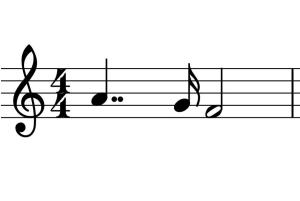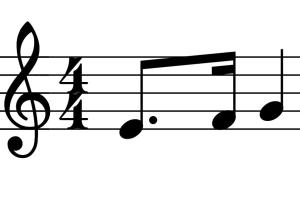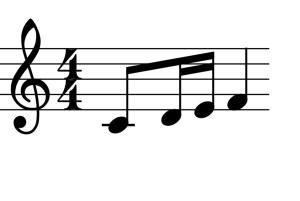Other rhythmic figures
In today’s lesson we will end this cycle of video lessons in which you have learned many new rhythmic figures.
Today we will improve even more our skills in music reading.
In fact you will find many new music reading exercises to practice with all the different figures.
But, maybe more important, we will introduce 2 new rhythmic figures. We will learn them from a theoretical point of view and understand how to read them.
Even in this case you will be able to immediately play them, thanks to some practical video exercises.
After all these video lessons you have reached a high level in music reading!
Learning material of this lesson
| 7 videos | 21 mins |
|---|---|
| 1. Introduction to the new lesson | 2m 23s |
| 2. First figure: eight note rest and a couple of semiquavers | 3m 40s |
| 3. Practice (first figure) | 1m 57s |
| 4. Exercise to learn to play (first figure) | 2m 23s |
| 5. Second figure: dotted crotchet and a couple of semiquavers | 7m 05s |
| 6. Practice (second figure) | 1m 42s |
| 7. Exercise to learn to play (second figure) | 2m 52s |
| + 1 pdf file | |
| + 11 audio files |

The access to this lesson is reserved to Premium Membership subscribers.
If you are already registered you can simply log in.
Not a Premium Member yet?
Register today, or upgrade if you are already a free member, to access this and all the other lessons of the premium membership.
Free Access
With a Free account you gain immediate access to 15 lessons of piano, theory, harmony, music reading and composition (36 videos).







